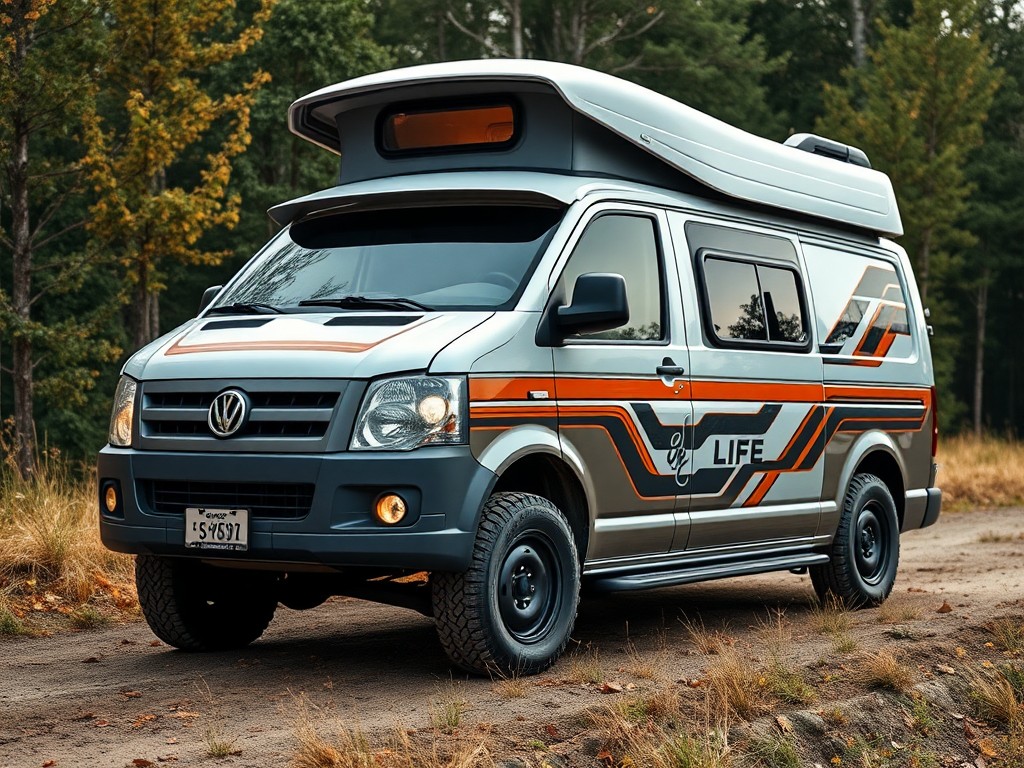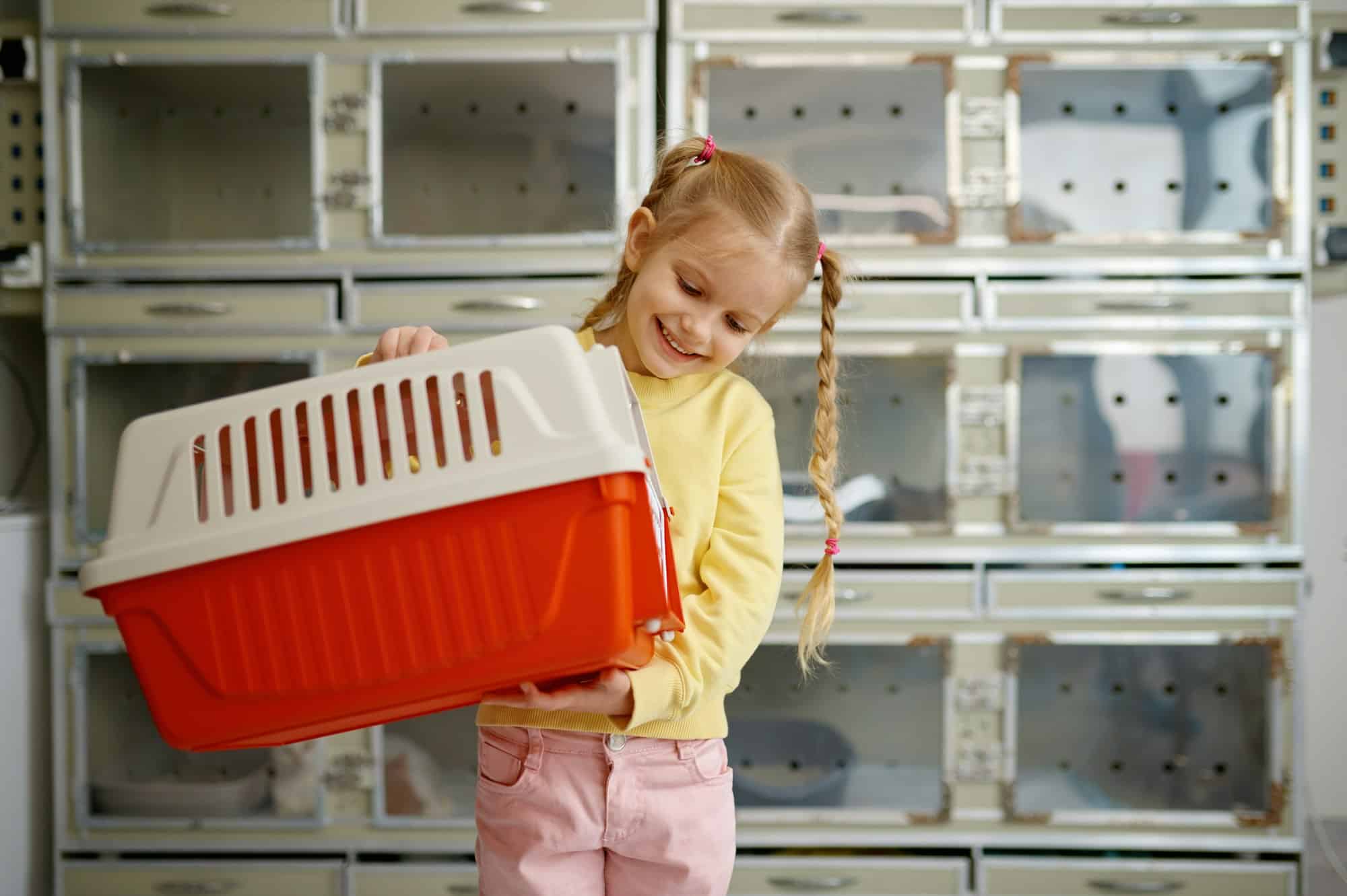You’ve decided to take the plunge and join the ranks of British racetrack enthusiasts. Congratulations! To ensure you have the best, and safest, experience, you’ll need to consider the installation of a roll cage in your car. A roll cage, an essential safety feature, is a specially engineered and constructed frame built in the passenger compartment of a vehicle to protect its occupants from being injured in an accident, particularly in the event of a rollover.
Understanding the Basics of Roll Cages
Before we delve into the details of installing a roll cage, it’s crucial to understand what exactly a roll cage is and why it’s so vital. A roll cage is a structure consisting of steel bars that are welded together to form a framework. This cage is then installed in the car, providing protection to the occupants. The primary function of the roll cage is to ensure that in the event of a rollover, the car’s structure will not collapse on the passengers.
In the same genre : Which fuel additives improve engine response in British diesel engines during cold starts?
Steel is the most commonly used material for roll cages due to its strength and durability. The cage’s bars are shaped and positioned in a way to maximise structural integrity and occupant safety. The main hoop, diagonal bar, and front and rear hoops are key components of a typical roll cage.
Choosing the Right Roll Cage
Choosing the right roll cage for your racing vehicle is essential. Various factors will play into this decision, including the make and model of your car, what type of racing you’ll be doing, and personal preference. The roll cage should also meet the regulations set for the racing event you’ll be participating in.
This might interest you : How to properly maintain the dual-clutch transmission in a UK performance vehicle?
You will need to choose between bolt-in and weld-in cages. Bolt-in cages are easier to install and can be removed if necessary, but they may not provide the same level of safety and rigidity as weld-in cages. Weld-in cages require more work to install, but will be more secure and are generally recommended for racing.
The Installation Process
Once you’ve chosen the right roll cage for your car, it’s time to get to the actual installation. Installing a roll cage is a multi-step process that requires precision and attention to detail. The cage should be positioned in a location that maximises safety while not obstructing the operation of the vehicle.
One common method of installation is known as the ‘itrader method’. The itrader method involves aligning the roll cage’s posts with designated points in the car’s body. These points are usually located around the car’s door frames and roof.
Joining the Roll Cage to the Car’s Structure
Joining the roll cage to the car’s structure involves the use of welding. Welding is the process of joining two pieces of metal by applying heat, melting the parts slightly and allowing them to cool, causing them to fuse into a single piece.
Before the welding process begins, you should have a clear plan of how you want the cage to be positioned. It is recommended to have the cage’s main hoop located behind the front seats, and the posts of the cage welded to the strongest part of the vehicle’s floor. The diagonal bar should be aligned to the driver’s offside to provide maximum protection.
When welding, it’s crucial to ensure that the welds are strong and durable. Therefore, it’s advisable to get a member of a professional welding team to oversee the process. This ensures that the welds hold up under strain and that your cage will provide the safety you need.
After Installation
Once the roll cage is fully installed, you should perform a thorough check to ensure that all bars and joints are secure. Remember, the roll cage’s effectiveness in a crash is entirely dependent on its installation.
Installing a roll cage in a British racing car involves more than purchasing a product and fitting it inside the car. It requires careful selection, precise installation, and thorough inspection. Yet it is an investment in safety that every serious racer should make.
Remember, the primary purpose of your roll cage is to protect you, the driver. Therefore, it’s worth taking the time to get it right. Whether you’re a seasoned professional or a novice just getting started in racing, make sure your roll cage is installed correctly. Your safety on the track depends on it.
Maintenance and Inspection of the Roll Cage
Proper maintenance and regular inspection of your roll cage are essential for maintaining its structural integrity and safety. The roll cage’s purpose is to provide maximum protection for the occupants of the vehicle, and this can only be achieved if it is in good condition.
Regular visual inspection is necessary to check for any signs of wear, damage, or corrosion. Look for any cracks or signs of rust on the bars and joints of the roll cage. If you notice any of these issues, it’s vital to address them immediately. A damaged or rusted roll cage may compromise its structural integrity, making it potentially less effective in the event of an accident.
In addition to visual inspection, you should also conduct regular physical inspections. This involves carefully examining the cage’s welds to ensure they are not weakening over time. Feel for any irregularities or bulges in the welds that could indicate a problem.
The bars of the roll cage should also be checked for any bending or warping. Any change in the shape of the bars could indicate that the roll cage has sustained damage and may not perform optimally in a crash.
Regular maintenance also includes keeping the cage clean and dry. Accumulated dirt and moisture can lead to corrosion over time. Wipe down the cage regularly and apply a rust-preventive coating to the bars to protect them from moisture and other corrosive elements.
Remember, a well-maintained roll cage is a critical safety measure. Regular inspections and maintenance will ensure that it remains effective in protecting you during your racing exploits.
Wrapping it up
The installation of a roll cage in a British racing car is a critical safety measure for any serious racer. Understanding the basics of roll cages, choosing the right one for your vehicle, and installing it correctly are all essential steps in this process.
The installation process involves careful positioning of the cage within the vehicle, precise welding, and thorough inspection after installation. Remember to engage a professional welder during the process to ensure the cage is securely joined to the car’s structure.
And finally, don’t forget the importance of regular maintenance and inspection. A well-maintained roll cage is your best defence against accidents on the track. It is not just about installing a roll cage, but also ensuring its continued effectiveness.
In conclusion, although the process might be intimidating, investing the time and effort to correctly install and maintain a roll cage is a non-negotiable safety measure. Racing without a properly installed and maintained roll cage is akin to risking your life unnecessarily.
As the saying goes, "Safety first." If you put safety at the forefront of your racing endeavours, you’ll be able to enjoy the thrill of the sport while knowing you’ve taken the necessary steps to protect yourself. So, whether you’re a novice or a seasoned pro, you have nothing to lose and everything to gain by installing a roll cage in your British racing vehicle.











